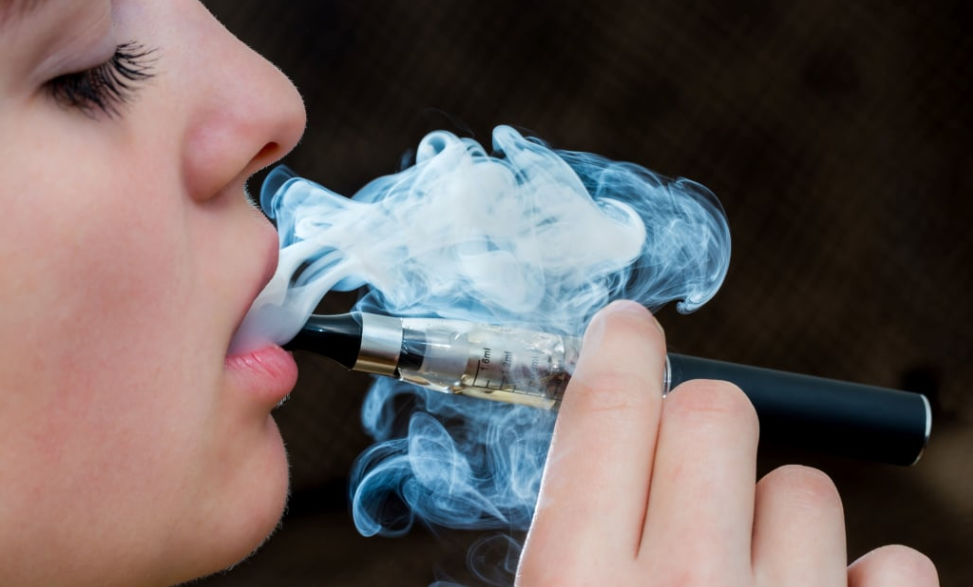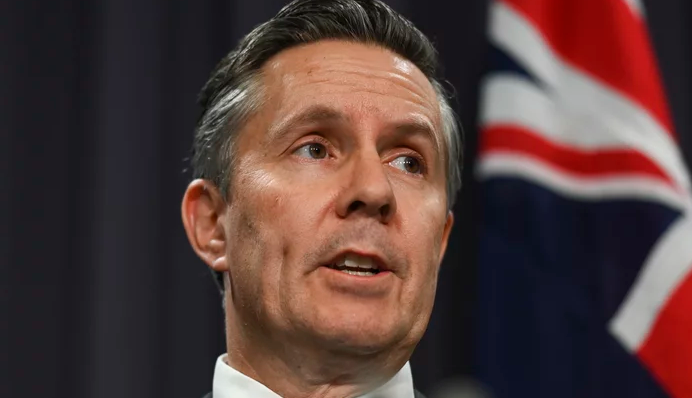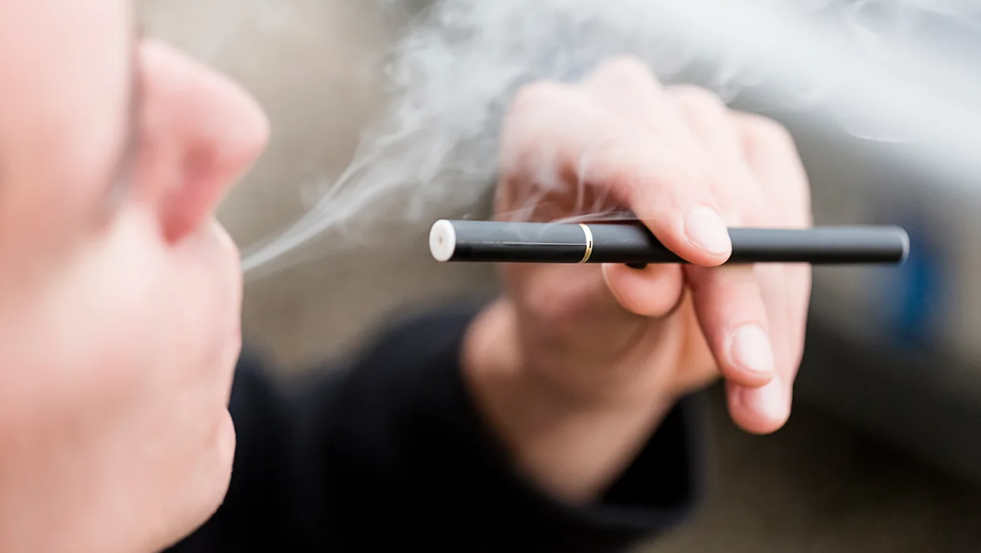As e-cigarette sales rapidly rise in the U.S., vape product poisonings among young children have also doubled from 2018 to early 2023, highlighting serious safety risks.
Huge Jump in Vape-Related Poisonings
A new report from the FDA reveals over 7,000 vaping poisoning cases were reported to poison control centers from April 2022 to March 2023. This represents a 32% monthly increase, signaling these preventable accidents are spiking as vaping popularity grows.
Majority of Victims Are Under Age 5
Around 88% of vape poisoning victims were children under 5 years old. While less than 1% of cases required hospitalization, over 8% needed treatment at a health facility. One case was fatal - a suicide by intentional vape overdose.
Inhalation and Ingestion Are Common
In approximately 61% of cases, poisoning occurred through inhalation or nasal ingestion of vape products. In 40% of cases, children tasted or ate the vape contents, absorbing toxic nicotine.
Elf Bar Brand Poses Major Risk
Among cases with identified brands, disposable Elf Bar e-cigarettes were by far the top source of poisonings, involved in over 60% of such incidents and surpassing all other brands combined.
Nicotine Can Be Lethal to Kids
Nicotine is highly toxic if inhaled or ingested by small children. Even small amounts can cause seizures, respiratory failure, and death in severe cases. Vape devices and liquid refills pose serious poisoning risks.
Sales of E-Cigarettes Continue to Climb
CDC data reveals e-cigarette unit sales rose from 15.5 million per month in 2020 to nearly 23 million in 2022. With vaping products proliferating in households, safe storage is increasingly vital.
How to Prevent Vape Poisonings in Children
Adult vapers must keep e-cigarettes, liquids, and other gear safely locked away and out of children's reach. Discarded vape paraphernalia should be securely wrapped and disposed to avoid access. Education on poisoning risks is also key.
A Growing Public Health Concern
As e-cigarette popularity grows, related poisonings are emerging as an escalating public health issue. Increased efforts to boost awareness and prevent access are urgently needed to protect young children.








